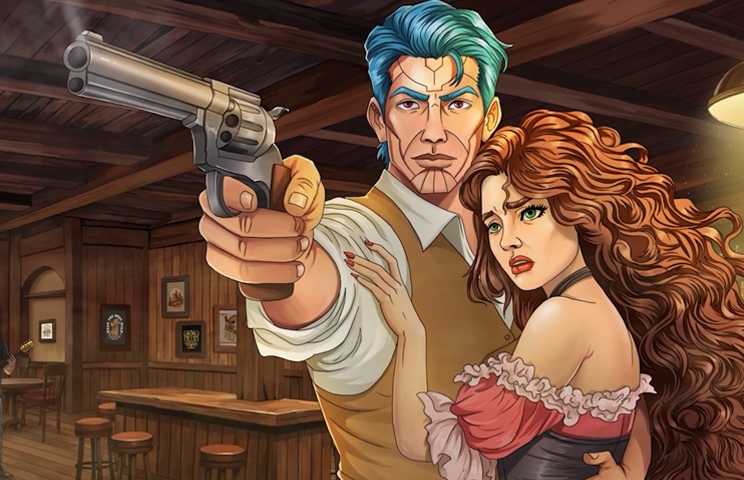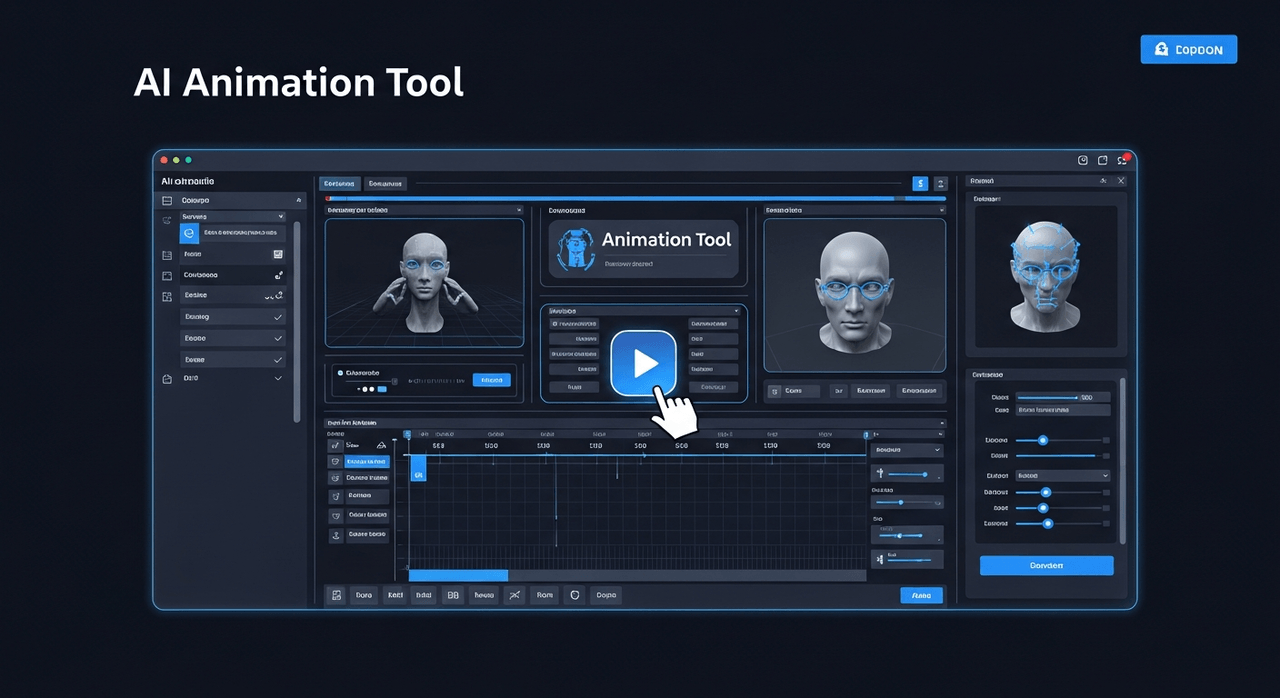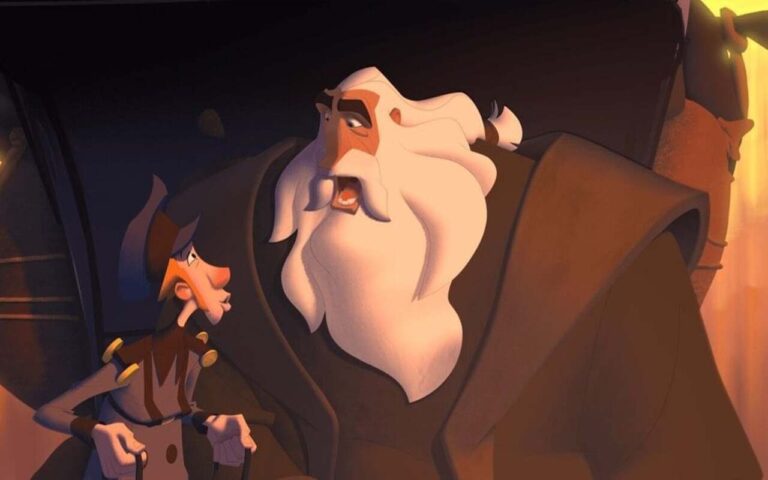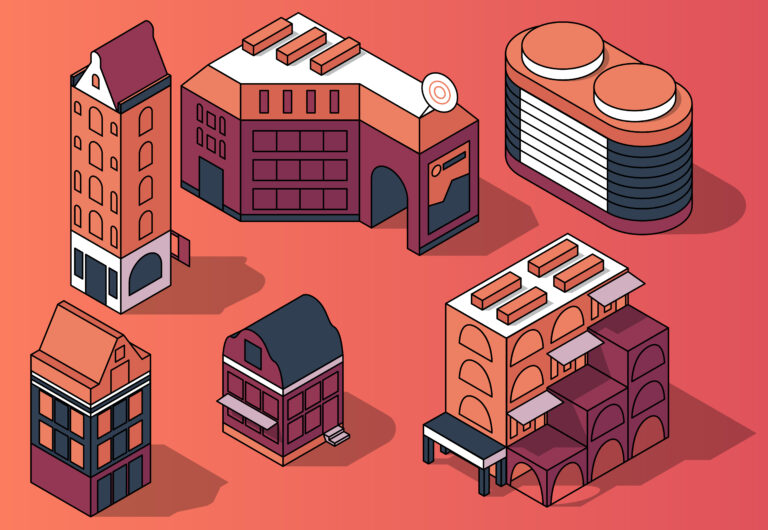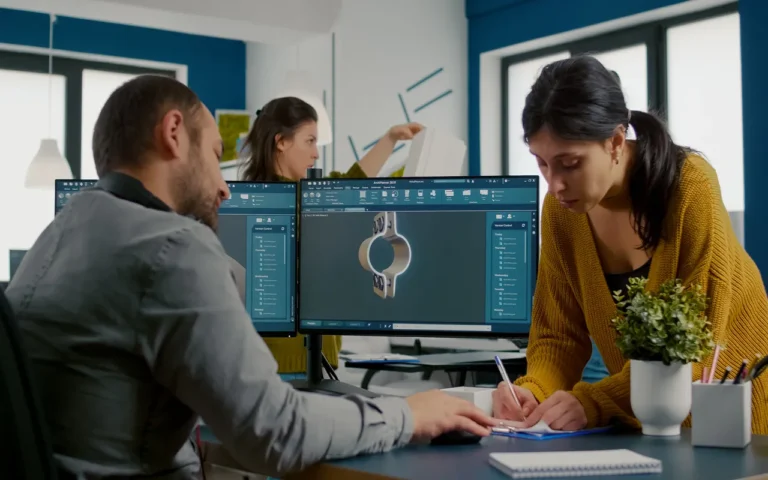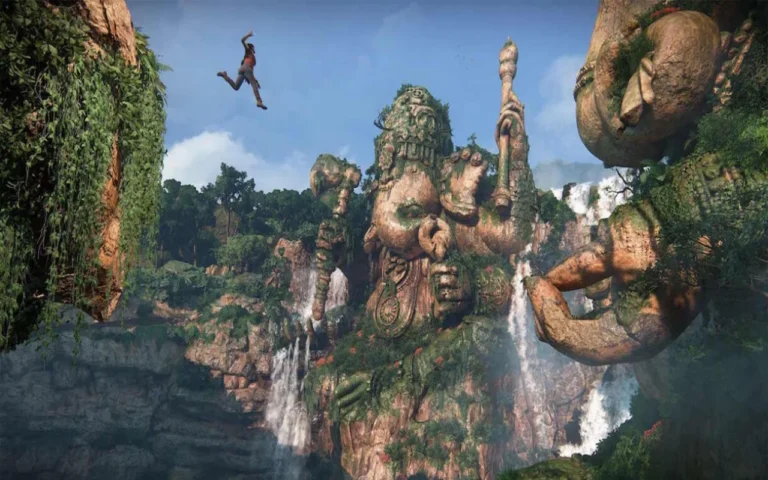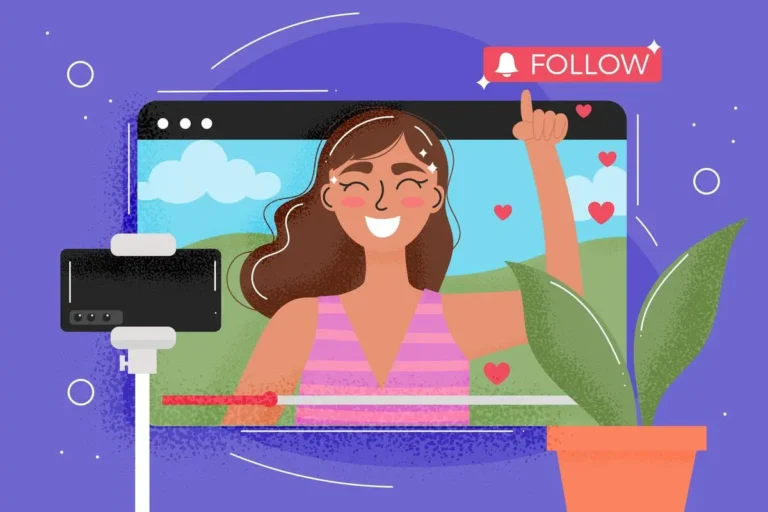Ever been completely blown away by a visual in a game? That moment an explosion rocks the screen, the subtle glint of a hidden pathway catches your eye, or the way a character’s posture instantly communicates their inner turmoil? That feeling, that immersion – a significant portion of it boils down to the intricate dance between game art and game mechanics. Behind the scenes, a game art studio carefully crafts these elements. It’s not just about making a game look appealing; it’s about how those visuals fundamentally shape how we play.
So, let’s embark on a deeper exploration of how different facets of art can profoundly influence the fundamental ways our games function and feel.
Understanding the Relationship Between Art and Game Mechanics
A lot of folks think game art is just decoration, but it’s way more connected to the gameplay than that. The art style and visual details directly impact how players understand and interact with the game’s rules. If the art and gameplay don’t click, it can lead to confusion and a bad experience. But when they work together well, it makes the game super immersive and engaging. For example, if interactive objects are hard to spot, it messes with exploration. Clear enemy animations, on the other hand, give players crucial info for combat. Even the menus and interface need to be clear so players can actually use the game mechanics.
It’s a two-way street: the gameplay often dictates the art style. A fast-paced game needs clear visuals, while a slower puzzle game can have more detailed environments. Ultimately, the art needs to support the gameplay goals, and the gameplay needs to be presented in a way that’s visually clear and keeps players hooked.
The Role of Character Design in Game Mechanics
So, when we’re cooking up our characters – you know, their whole character design – it’s way more than just making them look awesome. It’s seriously connected to how the actual game mechanics play out. The way a character is shaped or how they move? That instantly gives players a gut feeling about how they’ll fight or what they’re all about in the game. These visual clues really shape how players plan their moves and interact with everything.
Think about it like this: you see a huge, lumbering character, and you just know they’re probably going to pack a punch but won’t be super speedy, right? That’s the character design straight-up telling you something crucial about the gameplay. Even little things, like a character looking stressed out, can nudge players to do certain things and makes the whole player experience feel more real. So yeah, character design is a core part of game development, not just some pretty paint job at the end.
But get this, it gets even cooler! Think about how a character’s look can totally open up brand new ways to play the game. Like, picture a character with these glowing tattoos – maybe they’re not just cool designs, but they actually light up secret paths or react to stuff in the environment, leading to gameplay you wouldn’t get otherwise, all because of how they look. Or maybe a character’s specific clothes or gear lets them do things nobody else can, like finding hidden spots or solving puzzles in a unique way. It’s like the character’s whole vibe, their visual identity, becomes a key that unlocks deeper levels of gameplay and makes you really want to check out all the little details.
Environmental Design and Its Impact on Gameplay
You know, the game worlds we spend so much time building? They’re way more than just pretty scenery. If you really think about it, how we design those environments can be a super cool way to introduce new game mechanics, set up awesome strategic moments, and even subtly guide players where to go and what to check out. The way our environments look can tell you the rules, the challenges, and the rewards without even saying a word – it just feels right.
Think about a game where you’re jumping around on platforms. The way solid ground looks different from those shaky ledges, the little movements of platforms that are about to fall, or using different colors to show you what you can interact with? Those are all art choices that directly tell the player about how the environment works. A wall covered in vines practically screams “climb me!” while a sparkly pool of water might hint at swimming or a secret underwater area. The art here isn’t just for looks; it’s a fundamental part of how you actually play the game.
Plus, how we design the environment can create good spots and bad spots strategically. Tight corridors practically yell “set up a defense here!” while wide-open areas might make you want to be quick and dodge around. Where we put cover, how well you can see in different areas, and even things like fog or darkness can totally change how players approach fighting or sneaking around.
There’s this idea called “affordances” that’s key here. Basically, the way something in the environment looks should suggest what you can do with it. A door that stands out just begs you to open it, a raised platform makes you think you can jump on it, and a glowing thing practically screams “pick me up!” Good environment design uses these visual clues to communicate the game’s mechanics naturally, so you don’t need a million tutorials, and it feels way more like you’re discovering things for yourself (interaction design).
The Importance of HUD and UI in Conveying Game Mechanics
Okay, let’s be real – even if you’ve got the coolest, most innovative game mechanics ever, they can totally flop if your HUD (that’s the Heads-Up Display) and UI (User Interface) are a confusing mess. Think of game HUD design and UI as the vital link between all the complicated stuff happening under the hood of our game and how players actually understand and mess with those systems. Showing important info clearly and effectively – like health bars, magic points, cooldowns, what you need to do, and your inventory – is absolutely key for a smooth and fun player experience.
A messy or badly organized UI can just drown players in information, making it a headache to figure out what’s important and how to actually play the game. Imagine trying to keep track of resources or dig through menus that are just a wall of text and don’t make any sense. It can get super frustrating, make you feel lost, and ultimately just make you want to stop playing those otherwise awesome game mechanics.
On the flip side, a well-thought-out UI/UX design (that’s User Interface and User Experience) puts clarity and ease of use first. A skilled UI/UX artist ensures that important stuff pops out and makes sense right away, so players can quickly see what’s going on with their character and what they can do. Visual cues, like using colors, icons, and animations, can really help reinforce what the information means and give you instant feedback when you do something. For example, a health bar might change color as you get hurt, giving you a clear visual “uh oh!” moment. All of this comes together through a carefully structured UI/UX pipeline that guides the design from concept to implementation.
What’s even cooler is when the UI becomes part of the game’s look and feel and adds to the whole player experience. Diegetic UIs, where the interface elements look like they’re actually part of the game world (like info showing up on a character’s helmet), can make the game even more immersive. But no matter how fancy you get with the style, the main job of the HUD and UI is still to clearly and efficiently tell players what they need to know about the game’s mechanics.
Animation and Its Role in Signaling Mechanics
Let’s be real, making characters and objects move smoothly and with impact isn’t just about looking good; it’s a super important way to show players the weight, timing, and what happens when they do stuff in the game. It gives you crucial visual feedback that helps you make decisions and really get into the game mechanics.
Think about that satisfying thwack when you land a hit. That feeling isn’t just the sound; it’s how your character animates the punch, how the enemy reacts, and even little screen shakes that all add to that sense of power. Also, when an enemy is winding up for an attack, the animation gives you those split-second clues to dodge or block – that directly affects how combat mechanics work.
Even small animations can tell you important things about the game. A character limping? You instantly know they’re probably low on health or moving slower. The way an object wobbles or glows might tell you that you can interact with it or that it’s charged up. These visual hints, shown through animation, let players understand the game world and its rules without needing a ton of text.
Plus, how good and what style the game animation is really changes how the whole game feels. Smooth, responsive animations make the gameplay feel fluid and satisfying, while choppy or weird animations can make you feel disconnected and annoyed. Basically, animation is like the visual language that makes our game mechanics feel real and impactful for the player.
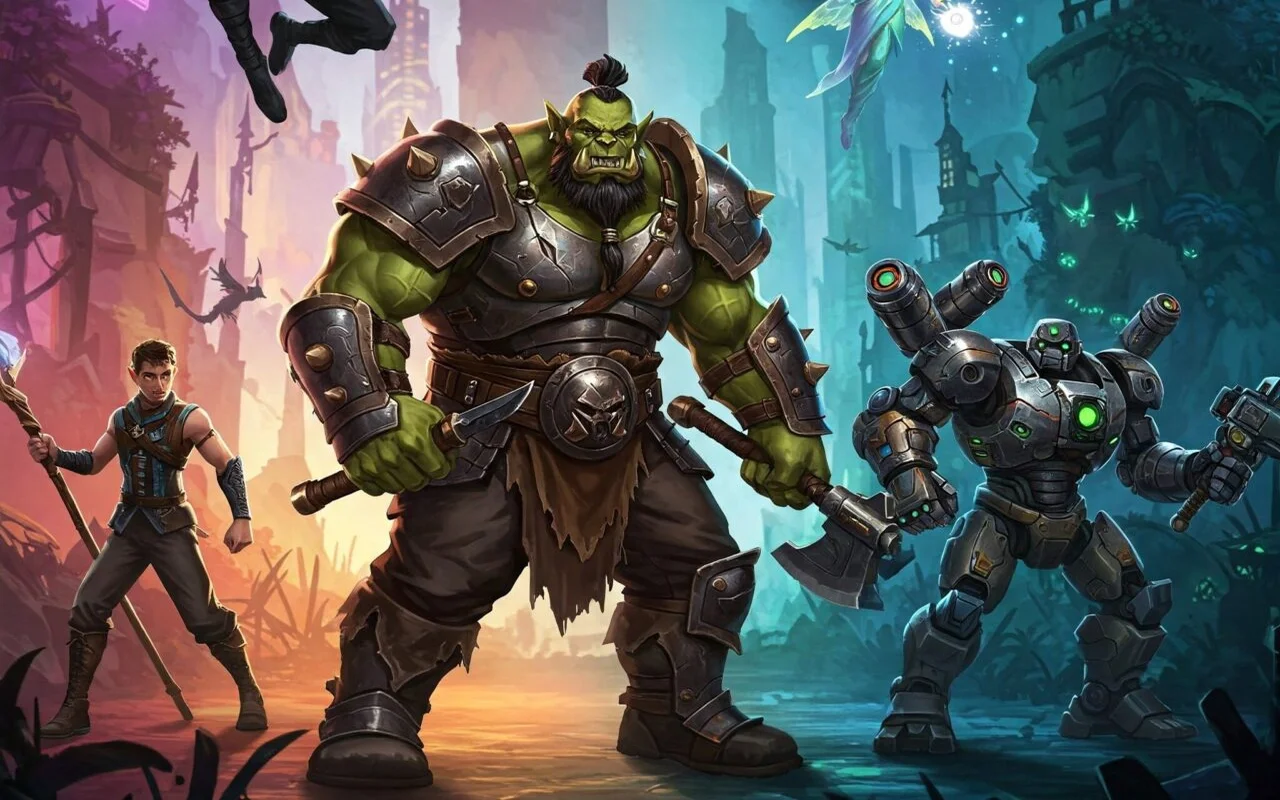
How Art Style Affects Gameplay and Mechanics
The look and feel of a game aren’t just for show; it seriously affects how players see and interact with the actual game mechanics. It sets the mood right away and even makes certain mechanics feel like they naturally belong.
Think about it: a realistic style makes players expect things to be precise and believable, like physics working as they should. That realism changes how they tackle challenges. But a stylized or cartoonish look lets the game get away with more imaginative stuff, and players are usually on board. Just compare a gritty military shooter to a crazy physics-defying platformer – the art style tells you what to expect.
Plus, the art style makes a big difference in how clearly you understand the game mechanics visually. Too much detail can hide important stuff, while a cleaner style makes them obvious. The colors and overall look help the game communicate its rules and what you can do.
Basically, the art style isn’t just a pretty coat; it’s a core part of the player experience and how you connect with the game mechanics. It’s about finding a visual way to speak that just clicks with how the game plays.
Visual Storytelling and Its Integration with Game Mechanics
Seriously, the art in a game? It’s not just eye candy! It’s a powerhouse for telling stories. When the way a game looks and how it plays – the game mechanics – are totally in sync, that’s when you get those truly wow moments that stick with you. It’s about using what you see to do way more than just decorate. It’s about showing you the story, making you feel things, and even being a part of how you actually play the game.
Picture this: you’re playing a puzzle game, and you see something visually breaking down over time. That’s not just a cool effect – it’s telling you it’s fragile and it’s a timer, putting you on edge! Or think about a game where the story is key, and the way the world around you looks subtly changes, or the characters’ faces shift, reflecting what’s going on. That can even open up new ways you can interact with the game. Cool, right?
Even the stuff that’s actually in the game world can pull double duty as story bits and game mechanics. A flickering light in a creepy hallway? It makes you feel uneasy, sure, but it could also be a warning or the way forward. And when the game’s environment tells you its history through little details? That can be tied into exploring, rewarding you for being observant.
When the visual storytelling and the game mechanics are super tight, the whole game just clicks. You’re not just watching a story; you’re living it through how you play. When the art and the mechanics are working together to tell a story, it hits you way harder and makes a real connection. It’s awesome!
Case Studies: When Art and Mechanics Truly Intertwine
The Legend of Zelda: Breath of the Wild (Nintendo)
That game’s massive world isn’t just pretty; it’s the main way you play. You can climb almost anything you see – the textures and slopes tell you what’s climbable. Then there’s the cool physics stuff: setting fire to make wind to glide, or using magnets on metal you can clearly spot. These aren’t just features; they’re built right into the world.
The colorful, detailed look makes it obvious what you can mess with. Even the weather, which looks awesome, changes how you play – affecting what you can see, climb, and even how enemies act. The simple on-screen stuff keeps you focused on the world and experimenting.
Basically, the beautiful, open world and how you freely interact with it are what make Breath of the Wild so special and immersive. It’s all about seeing something cool and figuring out how to play with it.
Hollow Knight (Team Cherry)
In the melancholic and intricate world of Hallownest, the art style and game mechanics are deeply intertwined. The hand-drawn, gothic aesthetic creates a sense of mystery and isolation that permeates the gameplay experience. The visual design of each creature not only establishes its unique identity but also clearly telegraphs its attack patterns and movement style, demanding precise and visually informed player reactions.
The layered environment design, with its hidden pathways and interconnected chambers, encourages exploration and rewards players who pay close attention to visual details and subtle environmental cues. The limited UI emphasizes the player’s connection to the world, forcing them to rely on their visual understanding of the environment and enemy behaviors.
The fluid and responsive animation of the Knight and its adversaries provides crucial feedback, making the challenging combat feel fair and engaging. The somber visual style perfectly complements the themes of decay and perseverance that are central to the game’s narrative and mechanics.
Conclusion
So, bottom line? The way a game looks isn’t just about making it pretty. It’s totally tied into how the game plays. From little visual hints on characters that tell you what they can do, to the way the world is built that makes you explore and think strategically, every art decision can seriously change how players get the game, play it, and feel about it.
Having a clear and easy-to-use interface makes even complicated stuff understandable, while cool animations make actions feel real and give you important feedback. The overall art style sets the whole vibe. And when the visuals and the gameplay tell a story together perfectly? That’s when you get those moments you just don’t forget.
For us game developers, realizing how important this connection between art and mechanics is – and making sure the art and design folks talk and work together – isn’t just about making beautiful games. It’s about creating those deeply engaging, easy-to-pick-up, and truly magical experiences. When the visuals and the gameplay just click, that’s when our games become something really special.

